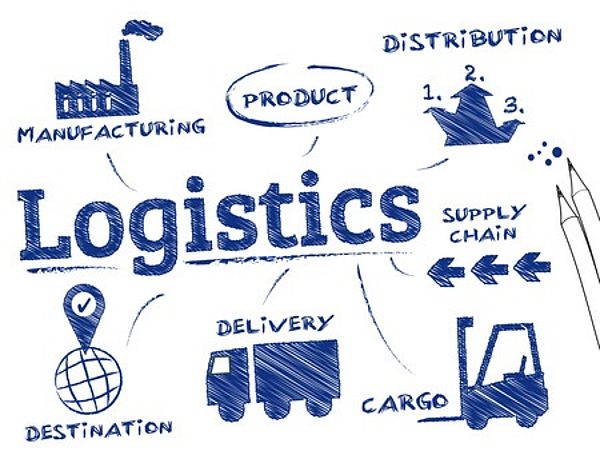Distribution Logistics
Distribution Logistics

Learning outcomes
After the successful completion of this course, the students will
- be able to define the essential operational planning problems of distribution logistics,
- be trained to formulate the planning problems through decision models of mathematical programming and specify the model assumptions and limitations associated with these, and
- be qualified to explain and to apply exact and heuristic solution procedures for planning long-haul and short-haul freight transportation, pallet and vehicle loading, and order picking.
Contents
Chapter 1: Fundamentals of logistics systems planning
1.1 Logistics and logistics systems
1.2 Tasks of logistics systems planning
1.3 Prerequisites of Operations Research
Chapter 2: Planning long-haul transportation
2.1 Distribution strategies and networks
2.2 Minimum-cost flow and transhipment problems
2.3 Multi-commodity flow problems
2.4 Flow problems with side constraints
2.5 Timetabling in hub-and-spoke networks
Chapter 3: Planning short-haul transportation
3.1 Types of routing problems
3.2 Arc routing problems
3.3 Traveling salesman problems
3.4 Vehicle routing problems
Chapter 4: Warehouse operation and freight handling
4.1 Pallet and load building
4.2 Warehouse operation
4.3 Order picking
Literature
- Ahuja RK, Magnanti TL, Orlin JB (2013) Network Flows. Pearson Education, Harlow
- Domschke W (2007) Logistik: Transport. Oldenbourg, München
- Domschke W, Scholl A (2010) Logistik: Rundreisen und Touren. Oldenbourg, München
- Ghiani G, Laporte G, Musmanno R (2004) Introduction to Logistics Systems Planning and Control. John Wiley, Chichester
- Grünert T, Irnich S (2005) Optimierung im Transport, Band II: Wege und Touren. Shaker, Aachen
- Günther H-O, Tempelmeier H (2012) Produktion und Logistik. Springer, Berlin
- Pfohl H-C (2018) Logistiksysteme: Betriebswirtschaftliche Grundlagen. Springer, Berlin
GAMS Models
The following table compiles models and sample data for different planning problems and solution methods that are dealt with during the course. The model and example files contain source code written in the algebraic modeling language GAMS, which can be executed using the GAMS system. The GAMS system includes a greater number of state-of-the-art solvers for several types of mathematical programs, providing optimal or locally optimal solutions.
By modifying the example files, new instances can easily be generated for scenario analyses or when preparing the final course exam. A free demo version of the current GAMS system can be downloaded and installed from the web pages of GAMS Development Corp. You need a demo license for the installation, which can be requested using the form provided on the download web page. By return you will receive an email with the license, which must be added to the system during the installation process following the description in the email. The GAMS models can be edited and solved using a simple text editor called GAMS IDE or the with development environment GAMS Studio. In both environments, the comprehensive documentation of the entire GAMS system is available under the "Help" tab.
* Solving the example instance requires a commercial GAMS license
![[Translate to English:] [Translate to English:]](/fileadmin/_processed_/2/5/csm_DJI_0107-HDR_bear_5e97ef9396.jpg)